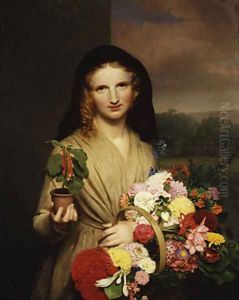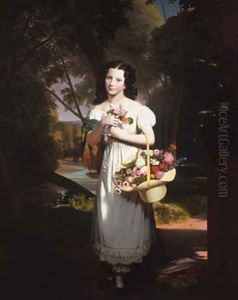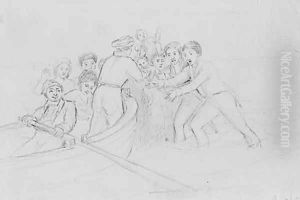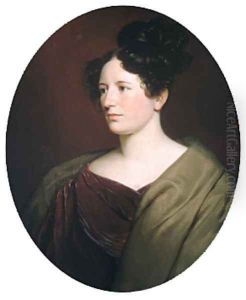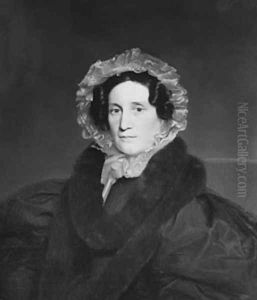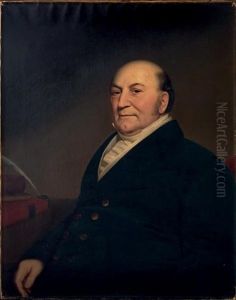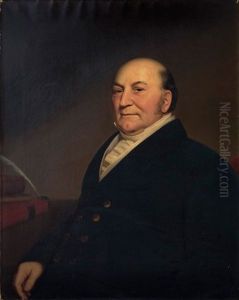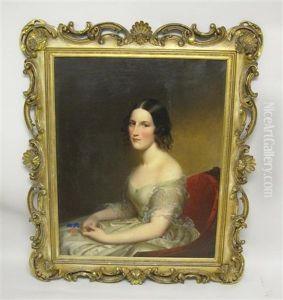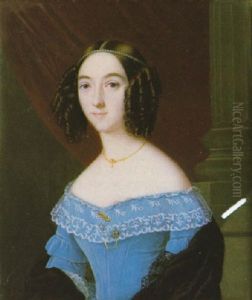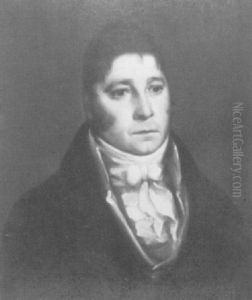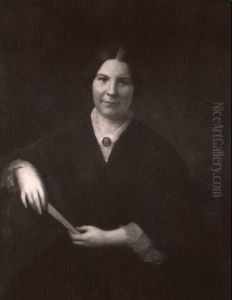Charles Cromwell Ingham Paintings
Charles Cromwell Ingham was an Irish-born American painter, known primarily for his portraits. Born in Dublin in 1796, Ingham immigrated to the United States in 1816, where he would spend the majority of his career. His work is often characterized by its elegant portrayal of the subject, with a keen attention to detail and a strong command of color and light. Ingham's portraits were highly sought after by the elite of New York society during his time.
In New York, Ingham became a founding member of the National Academy of Design in 1825 and served as an active member throughout his life, contributing to the establishment of formal art education in America. He was also involved with the Artists' Fund Society. His paintings were often exhibited at the National Academy of Design and the American Academy of Fine Arts.
Ingham's clientele included many prominent figures of his era, and his portrait of the young flower seller, 'The Flower Girl' (1846), is among his most celebrated works. It exemplifies his style, which fused meticulous realism with a romantic sensibility. His skill in capturing textures, from the softness of skin to the intricacies of lace and fabric, won him acclaim. Ingham's legacy includes a rich collection of portraits documenting significant personalities and the fashion of his time.
Despite his success as a portraitist, Ingham did not limit himself to this genre alone. He also experimented with historical and allegorical themes, though these works did not gain the same recognition as his portraits. Charles Cromwell Ingham died in 1863, leaving behind a body of work that provides valuable insight into the American art scene of the mid-19th century.
